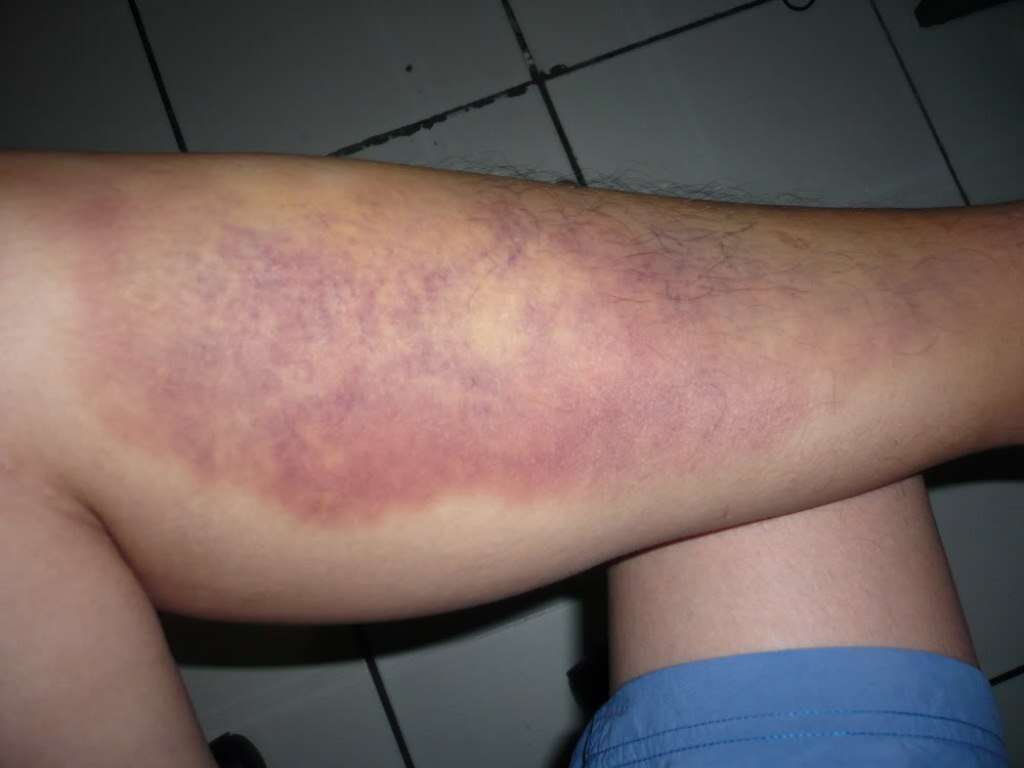

This type of therapy involves the injection of a medication that breaks down the blood clot.ĭoctors usually only recommend thrombolytic therapy for severe blood clots. Thrombolytic therapy may be necessary if a person has a very large blood clot or if anticoagulant medications are not working effectively. The filter catches blood clots and stops them from traveling to the lungs, which reduces the risk of a PE. A surgeon implants this filter into a person’s inferior vena cava, which is a large vein in the abdomen that carries blood from the lower body to the heart. Vena cava filtersĭoctors may recommend a vena cava filter for people who are unable to take anticoagulant medications and have a high risk of a blood clot moving to the lungs.Ī vena cava filter is a cone-shaped device.

People who experience side effects or other problems while taking these medications should speak with a doctor. preventing the clot from getting largerĪnticoagulants can cause side effects, which may include bleeding.There are various treatment options for a blood clot behind the knee, including: Anticoagulantsĭoctors most commonly prescribe anticoagulant medication, known as blood thinners, for people with DVT. In some cases, treatment can last for 3–6 months. The ASH states that it can take 3 months to treat a deep vein blood clot in the lower leg. A person’s risk increases once they pass the age of 60 years. Increasing age is another risk factor for blood clots. Trauma, such as damage to a vein from surgery or a significant injury that affects the leg, can sometimes lead to blood clots forming behind the knee.īirth control pills, hormone replacement therapy, and other medications that contain estrogen can also increase the risk of blood clots. Medical conditions that can increase the risk of blood clotting include: prolonged inactivity, such as on long plane or car journeys.When blood does not circulate properly, it can pool in the vein, forming a blood clot.Īccording to the American Society of Hematology (ASH), risk factors that increase a person’s risk of developing a blood clot include: In particular, anything that can affect or reduce blood flow in this area can increase the risk of a blood clot. Sometimes, there is no obvious cause of a blood clot behind the knee, but various factors can increase a person’s risk of developing one.


 0 kommentar(er)
0 kommentar(er)
